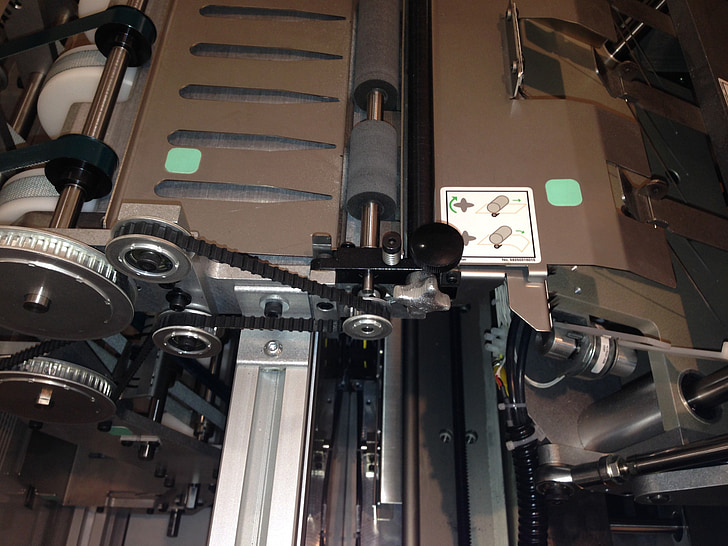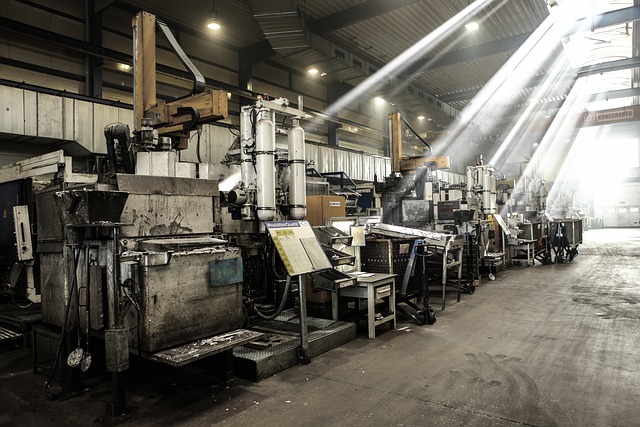When such modern power-using machines work within both industry and life, choosing the number of phases in the motor will have a great consequence on their performance, economy, and application range. According to the number of coils inside a motor, motors can be divided into three categories: single-phase motors, two-phase motors, and three-phase motors. A common application of all three motors becomes very important in their range of fields.
This paper aims to introduce the basics of motor phasing and discuss phase selection concerning the performance and applications of motors. By the end of this, the readers will have a better understanding of the concept and categorization of motor phasing in selecting the most appropriate motor with optimal performance and efficiency.

Single-phase motor is one kind of motor, that takes a single input phase for its operational energy transmissions; and has a simple structure with low cost in manufacture, generally speaking, a single-phase motor has its main structure of operation based on principles of a single-phase AC; mostly, there is one major coil along with one secondary coil in it. One major magnetic force is provided by the main coil, which is connected to an AC power source, while another coil, the auxiliary, produces a shifting magnetic field through a capacitor to assist the motor in starting and running. When an AC supply is provided to the main coil, the magnetic field produced starts the rotation of the rotor, hence enabling the motor to work.
Single-phase motors are relatively simple in construction and include several parts such as the stator, rotor, and bearings. The stator is the coil fixed inside the motor and is for the generation of the magnetic field. The rotor, on the other hand, is the rotating part that, interacting with the magnetic field generated by the stator, will generate power. The bearings then support the rotation of the rotor and reduce friction losses.
Single-phase motors have found a wide field of application in household appliances and pumps. However, when compared to two-phase and three-phase motors, single-phase motors have lower starting torque, are less efficient, and have poor possibilities of high power output. Hence, for some industrial purposes that require high power and efficiency, two-phase or three-phase motors are used in general.
To operate single-phase motors, some circuits and devices are usually required like capacitors, starting circuits, and constant voltage controllers which maintain the current and voltage supply to the motor constant for the proper start-up and operation of the single-phase motors.
The two-phase motors are relatively seldom used, whose operating principle is based on the features of two-phase alternating current. When compared with single-phase motors, two-phase motors have better starting torque and smoother characteristics of running and hence find their applications in certain specific fields.
A two-phase motor typically consists of two coils. These are known as the phase A and phase B coils. In turn, these two coils in such kinds of motors have their two phases out of phase by 90 degrees; the AC application power source generates a rotating magnetic field in these two coils. Their rotor has the possibility of being a set of permanent magnets or electromagnets that would be moveable and thus, when an interaction between this rotor and a rotating magnetic field occurs, this interaction provides the motor with the driving force. These features provide smooth speed and torque in two-phase motors, which makes them very appropriate for applications that demand close and smooth control; hence, this forms the basis on which precision instruments and sensors run. Two-phase motors promise higher efficiency with reduced levels of noise and thus find favor in applications that put a premium on smoothness of operation and noise levels.
However, two-phase motors have narrower applications compared to three-phase motors. This is because two-phase motors have to be supplied with more complex circuitry and control systems for their power and operation. Besides, large torque output and high power cannot easily be realized on a two-phase motor; thus, limiting its applications in some industrial fields.

The three-phase motor is a kind of motor that is driven by three-phase AC power, including three coils inside: A-phase, B-phase, and C-phase. In these three coils, the current in every coil is 120 electrical degrees out of phase. The motor works with a rotating magnetic field, with three coils subjected to an AC power source. The rotor in a three-phase motor consists of permanent movable magnets or electromagnets that interact with the rotating magnetic field and provide the driving force on the motor to realize certain operations. The creation of a rotating magnetic field within such a motor is dependent among other things on the frequency and phase difference of an AC power supply. In fact, by changing the power supply frequency and phase difference, the motor’s startup, acceleration, deceleration, and reversal are realized.
This also increases the three-phase motor’s efficiency with much higher power and application scope. Thus, the motor has several applications in every kind of heavy machinery use, including wind turbines, water pumps, compressors, etc. In addition to that, the start-up capability and operation stability have also been improved. The above-mentioned advantages help the three-phase motor be favored in case of high, very accurate measurements of any instrument operation.
In actual projects, it usually needs to be equipped with a corresponding circuit and control system to work. It supplies power and works. The motor-controlling device used is normally a three-phase inverter. Precise motor control can be realized through adjusting the frequency and phase difference of AC power. Besides, for three-phase motors, proper protection devices and maintenance are matched to guarantee safety and reliability in operation.
It consists of a special kind of three-phase motor whose rotor is mainly permanent magnets, and no such excitation is required there from an external source. Since the permanent magnet provides all the time a constant magnetic field, the three-phase permanent magnet synchronous motor functions by the interaction of a rotating magnetic field generated inside the motor and the one provided by the permanent magnet, which in turn enables the motor to provide a drive and operate. Its performance merits include high efficiency, a high power factor, and a very low noise level, such that the motor is usable within highly precise, high-speed applications requiring high reliability.
Performance-wise, with the general choice, phase number selection is highly related to the performance of both the motor and the application range. By knowing what motors perform best with different phase configurations, we can look at their suitability for the specified application conditions. In addition, there are initial characteristics, complexity of control, and reliability and stability. Considering all of these factors together based on actual needs will enable us to select the most suitable number of phases and the type of motor, allowing the motor to perform optimally in a given application and improving efficiency and reliability.